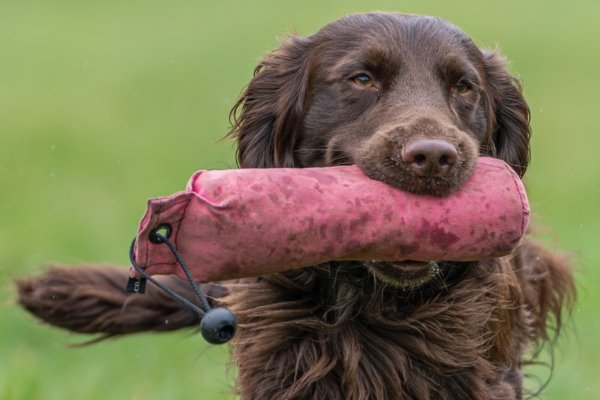
Coming together for a cause: the 5 Regions Charity Working Test
The gundog world is uniting for the 5 Regions Charity Working Test, a national event created to raise awareness of mental health challenges in rural communities.
Get information on the legal shooting season for mammals and birds in the UK.
Apply for funding for your project or make a donation today
Comprehensive information and advice from our specialist firearms team.
Everything you need to know about shotgun, rifle and airgun ammunition.
Find our up-to-date information, advice and links to government resources.
Everything you need to know on firearms law and licensing.
All the latest news and advice on general licences and how they affect you.


As he balanced a battered old camera on a straw bale beside him, ready to record the farmyard-to-freezer journey of four Kunekune pigs, Scott Rea can’t have imagined the subsequent film would be the first in a collection that, ten years later, has been watched 104,192,016 times around the world – and counting…
Since that maiden production, Scott has branched out from livestock butchery to cover the preparation and cooking of fish, game and venison, amassing 380,000+ YouTube subscribers along the way. If you’ve ever wondered – and Googled – how best to dress a pheasant, sharpen your skinning knife or break down the haunch of a roe deer, chances are you’re one of them.
After more than 700 videos, it is a passion for the world of traditional artisan butchery that keeps Scott motivated – a want to preserve the skills of yesteryear that, he tells me, are at risk of going to the grave with the old guard. “The average age of a butcher now is 65,” he laments. “The sons and daughters of a lot of these guys are all too aware of how hard it is. Shops are shutting down. Skills are disappearing. Customers are opting for convenience, and that often means the supermarket meat aisle.”
It’s a wistful side of Scott I hadn’t expected to encounter; in his videos he’s so upbeat – all tattoos, rock n’ roll and no-messin’ energy. “What I wanted to do was produce this catalogue of videos that bring those age-old skills to people in the 21st century,” he continues. “The main aim was to help others learn.” And so the Scott Rea Project was born.
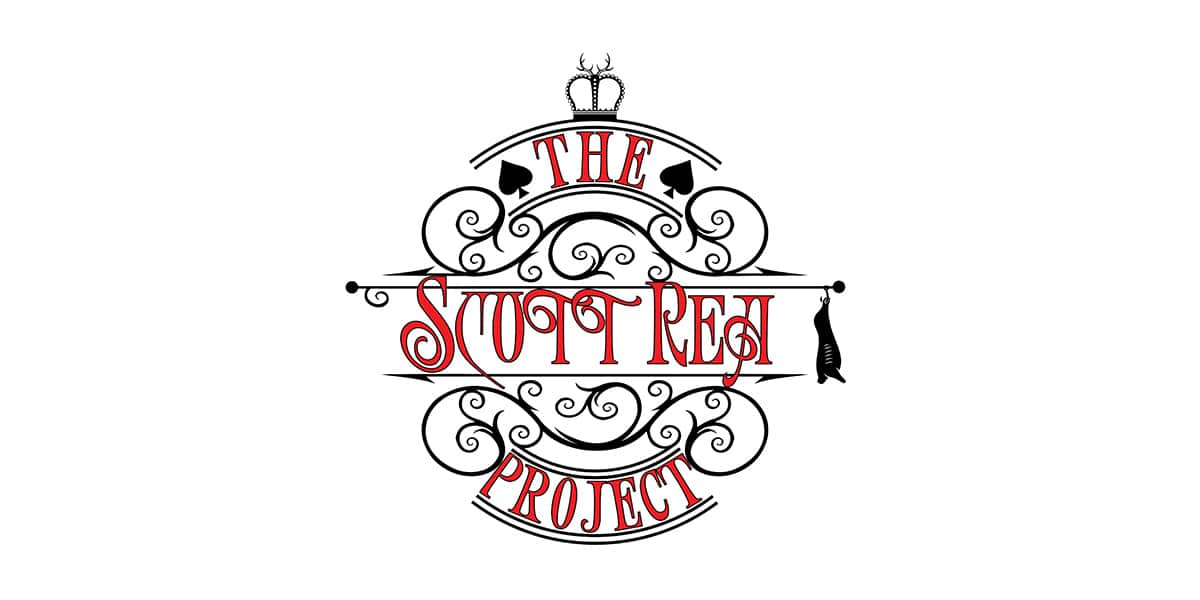
Scott has been in the butchery trade since leaving school. By the age of 18 he’d won a national award in recognition of his talent. He was soon working in the training shop at Dewhurst’s in Worcester, teaching colleagues many years his senior.
Nowadays he’s a freelance butcher. As we discussed his backstory, he skipped past his own accolades, preferring to pay homage to his mentors Sid Knutt and Henry Dayus. “They were master butchers – serious mines of information who just blew me away,” he says.
Scott remembers how both men would guard their recipes for everything from sausage seasonings and haslets to stuffed chine. “Henry would scribble his recipes down on a little square of greaseproof and every time I’d catch him knocking up something new, he’d shut the door on me.”
He talks of ‘off the carcass’ butchery as though he’s remembering an old friend. Scott takes his trade much more seriously than he takes himself, and I think that’s a large part of his appeal. “My remit was, no bulls**t, no messing about, camera on the block and we’re going to do this like a proper masterclass,” he puts it. He’s as passionate as he is engaging.
Scott’s progression to working with game and venison was a natural one. “About 20 years ago I began tagging along with a friend who was into fieldsports,” he explains. “Initially it was ratting in maize strips at the end of the season, then I started beating on my local shoot and before long I had a gun and was enjoying the odd day’s shooting. We did a bit of ferreting, too.”
With his newfound access to the likes of pheasant, partridge, rabbit and duck, the next step was perhaps inevitable. “It’s always been about making the most of an animal,” he tells me. “In livestock butchery, the pig is king; you can do so much with it. From bacon and sausages to spare ribs, back fat and chops. I saw a lot of potential with game and wanted to help people explore different methods of preparation and different cuts that made the carcass from an animal go that bit further.”
In some ways, it marked a return to the way of Scott’s youth, when he’d often be out harvesting food from the countryside. He reflects on family trips scrumping apples in autumn and picking chestnuts in winter.
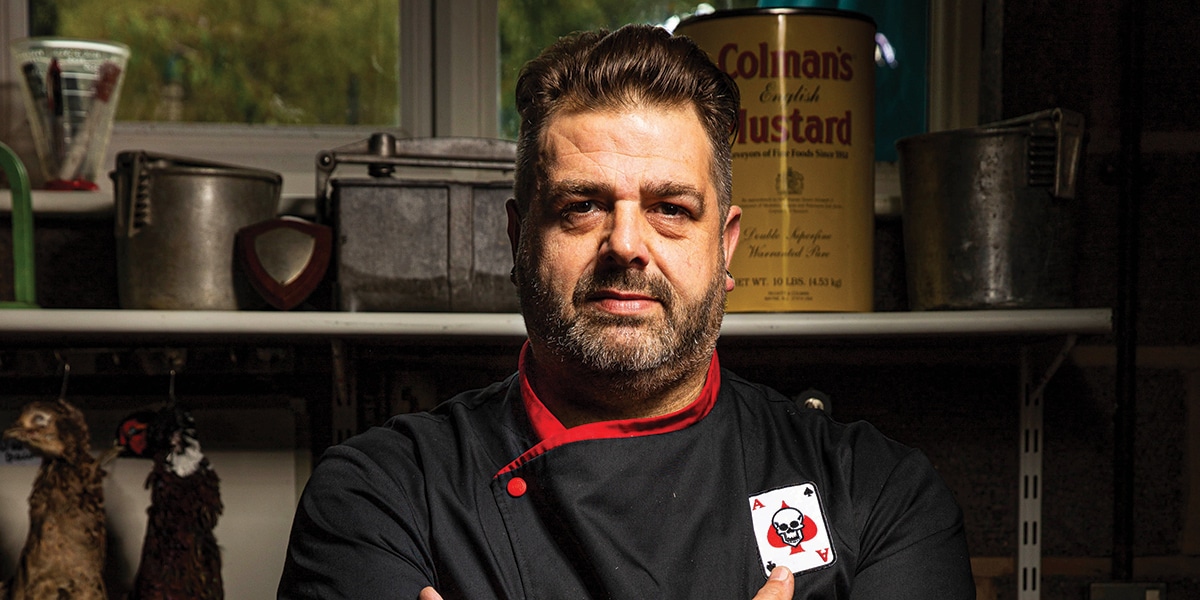
“I’ve got to be honest, when I reached 100 views for that first video I thought I’d made it,” laughs Scott as we discuss his early days on YouTube. He’s the first to acknowledge their rudimentary nature. “Half the time I wasn’t filming on the correct ratio, or I’d film half the video in portrait and the remainder in landscape. It was a case of ‘point it and go’ – I had no idea what I was doing with the camera, really. I didn’t know about royalty-free music, either, and in many of my early videos I didn’t even talk.”
The response to his uploads took Scott by surprise. It wasn’t until he’d reached five years of filmmaking, though, that he started to think he might be onto something. He invested in fancy kit – cameras, lighting, editing software – but eventually realised that it wasn’t really necessary; that’s not what people visit his channel for. To this day all of his content – with the exception of his four (also popular) books – remains free. No subscription charges or paywalls.
Scott’s easy-to-follow style probably has something to do with the popularity of his videos. And there’s no doubt they sing to the movement that has seen an increasing number of people attracted to the idea of ‘nose to tail’ eating and sourcing their own wild game for the table. “The way people cook now has changed, too,” Scott opines. “We don’t spend a lot of time cooking anymore. So being able to break a carcass down into lots of easy-to-use cuts that suit a whole host of recipes, is cost-effective, convenient, and very rewarding.
“I still find it very satisfying myself, when I’ve finished butchering a carcass and laid all the different cuts out on the table. People will comment on videos of the same process in surprise. ‘How did you get all that from a 12kg munty?’ they will ask. Mini roasting joints, steaks, chops, dice and mince sit neatly side by side… all from a little deer”.
Equally satisfying for Scott, is being able to raise the awareness of game meat and promote it as an alternative to the meats he is used to working with. “Recently I put a picture on Facebook of the finest pheasant I’ve ever dressed,” he says. “It got 600 likes. It doesn’t sound a lot, but you’ve got to remember this is a pheasant – this ain’t some dude on holiday with his supermodel girlfriend.”
I ask him what his plans are going forward. There’s another book in the pipeline. The videos are set to keep on coming. His enthusiasm shows no sign of waning. “I genuinely love it,” he tells me. “I don’t want this world to be forgotten.”
I think Scott can rest assured that he’s more than doing his bit.
Check out Scott’s video below, made for BASC. In this film he demonstrates how to break down a haunch of venison and shares handy tips on how to ensure absolutely nothing goes to waste.

The gundog world is uniting for the 5 Regions Charity Working Test, a national event created to raise awareness of mental health challenges in rural communities.
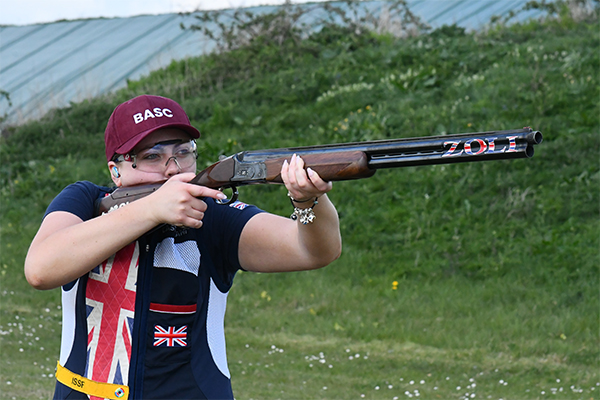
Two BASC-sponsored target shooting athletes have been selected for the British Shooting World Class Programme.
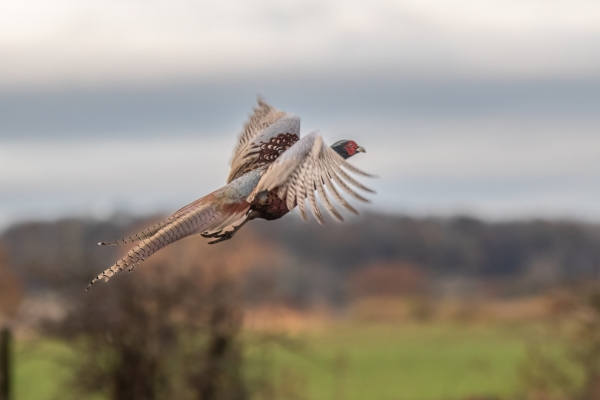
BASC is inviting all shoot owners, managers and gamekeepers affected by changes to gamebird releasing in England to register for a free webinar.
Sign up to our weekly newsletter and get all the latest updates straight to your inbox.
© 2025 British Association for Shooting and Conservation. Registered Office: Marford Mill, Rossett, Wrexham, LL12 0HL – Registered Society No: 28488R. BASC is a trading name of the British Association for Shooting and Conservation Limited which is authorised and regulated by the Financial Conduct Authority (FCA) under firm reference number 311937.
BASC Direct Ltd is an Introducer Appointed Representative of Agria Pet Insurance Ltd who administer the insurance and is authorised and regulated by the Financial Conduct Authority, Financial Services Register Number 496160. Agria Pet Insurance is registered and incorporated in England and Wales with registered number 04258783. Registered office: First Floor, Blue Leanie, Walton Street, Aylesbury, Buckinghamshire, HP21 7QW. Agria insurance policies are underwritten by Agria Försäkring.
If you have any questions or complaints about your BASC membership insurance cover, please email us. More information about resolving complaints can be found on the FCA website or on the EU ODR platform.